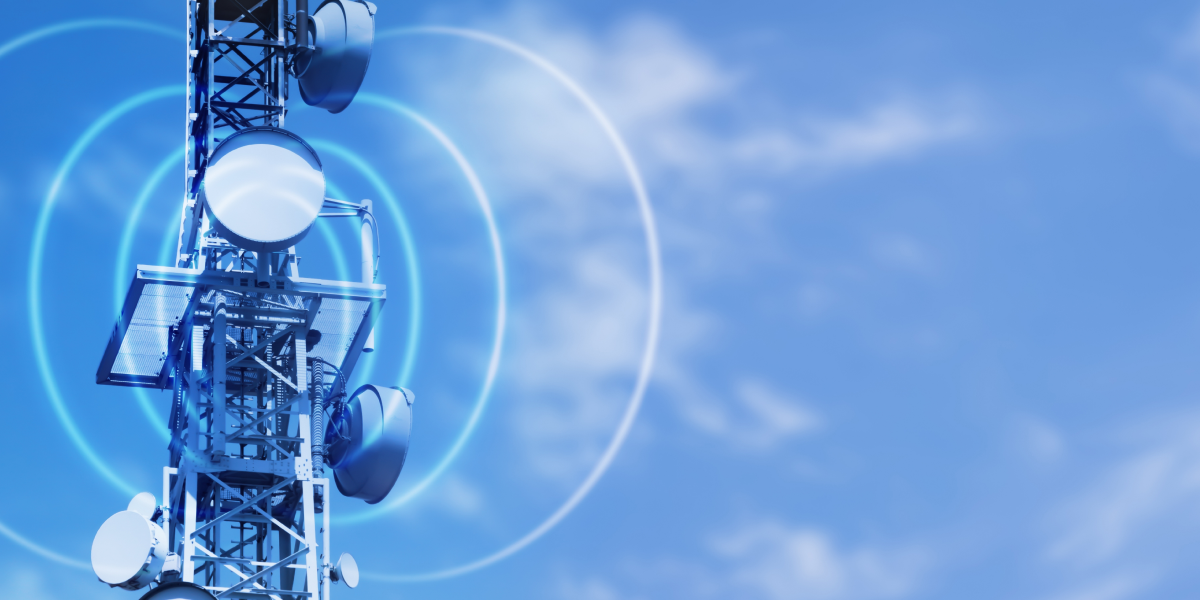Long Range Wide Area Network (LoRaWAN) technology provides an efficient and cost-effective solution for connection of multiple devices over long distances. However, achieving optimal LoRaWAN coverage can be challenging for several reasons. In this article, we will review the main factors that affect LoRaWAN range and coverage.
Frequency bands
One of the direct factors affecting LoRaWAN coverage is the frequency band selection. LoRaWAN operates in unlicensed spectrum bands around the world with three main frequency bands: 433 MHz, 868 MHz, and 915 MHz. Within these LoRaWAN frequency ranges, the lower bands (433 MHz and 868 MHz) provide better signal spreading through barriers as well as a longer range.
Regulatory restrictions and the presence of interference can affect the choice of frequency band. To maximize range it is necessary to select the appropriate frequencies for specific user cases.
Transmission power
Transmission power directly affects the range of LoRaWAN devices. Higher transmission power allows signals to be transmitted over long distances, but this is achieved by increasing power consumption. The balancing of power and range requirements is essential to optimize LoRaWAN performance, so when deploying LoRaWAN devices their transmission power settings should be carefully assessed to match the desired coverage area.

Antenna design and location
Antenna design and location are also important for coverage and radio wave propagation in a LoRaWAN network. The antenna serves as an “intermediary” between the device and the environment. For optimal performance the following should be considered:
Antenna gain. Antennas with higher gain can concentrate the radio wave energy in a certain direction. In turn, this extends the range of the devices.
Antenna height. Installing antennas at a higher height above the ground can significantly extend the range of a LoRaWAN network. This happens by reducing the number of barriers at ground level.
Orientation. It is important to ensure that the antennas are properly oriented to the desired coverage area as incorrect installation can affect signal transmission behavior.
Environment
The range of a LoRaWAN network is also affected by the terrain and environment where the devices operate. The signal can be reflected or faded due to such factors as buildings, terrain vegetation, and even the climate. All of these affect the coverage area. To minimize the impact of environmental conditions you should explore the network deployment area and optimize the process accordingly.

Interference and noise
LoRaWAN network coverage is also affected by radiation from other radio devices and systems. Noise from electronic devices and sources of electromagnetic radiation reduces the quality of the signal-to-noise ratio and affects LoRaWAN performance.
To reduce noise from interference sources, it is worth paying special attention to frequency planning, frequency spectrum expansion techniques, and the use of directional antennas. These tactics will help minimize the impact of “competing” signals.
Spreading Factor (SF)
LoRaWAN devices support different SF. This value directly affects the range and data transfer rate. Low SF provide high channel bandwidth but work over short distances. High SF allow data to be transmitted further, but at a lower bandwidth or data rate.
Achieving the correct bandwidth utilization involves finding the right balance between data rate and range, something that is essential for efficient LoRaWAN operation. Therefore, the SF should be adapted according to the network objectives.
Gateways
The density and location of LoRaWAN gateways is important to optimize coverage. Gateways operate as intermediaries between devices and the network server — they receive and forward data packages. Coverage is better and more reliable in areas where the concentration of gateways is higher. A properly planned gateway infrastructure will reduce the risk of information loss.

Regulatory aspects
Compliance with regulatory standards is mandatory in the deployment of LoRaWAN networks. Depending on the region, regulatory requirements may limit transmission power, channel bandwidth, and operating cycle. Failure to comply with these regulations leads to both technical failures and legal issues. All of these can affect the range and reliability of the network.
Achieving LoRaWAN coverage optimization requires a comprehensive analysis of the factors affecting signal spread and network performance. When considering network architecture, it is important to consider frequency ranges, signal transmission power, antenna design, environmental factors, interference, data rates, gateway density and regulatory compliance. Jooby experts design and help deploy LoRaWAN networks that provide reliable long distance connectivity for a wide range of solutions.



